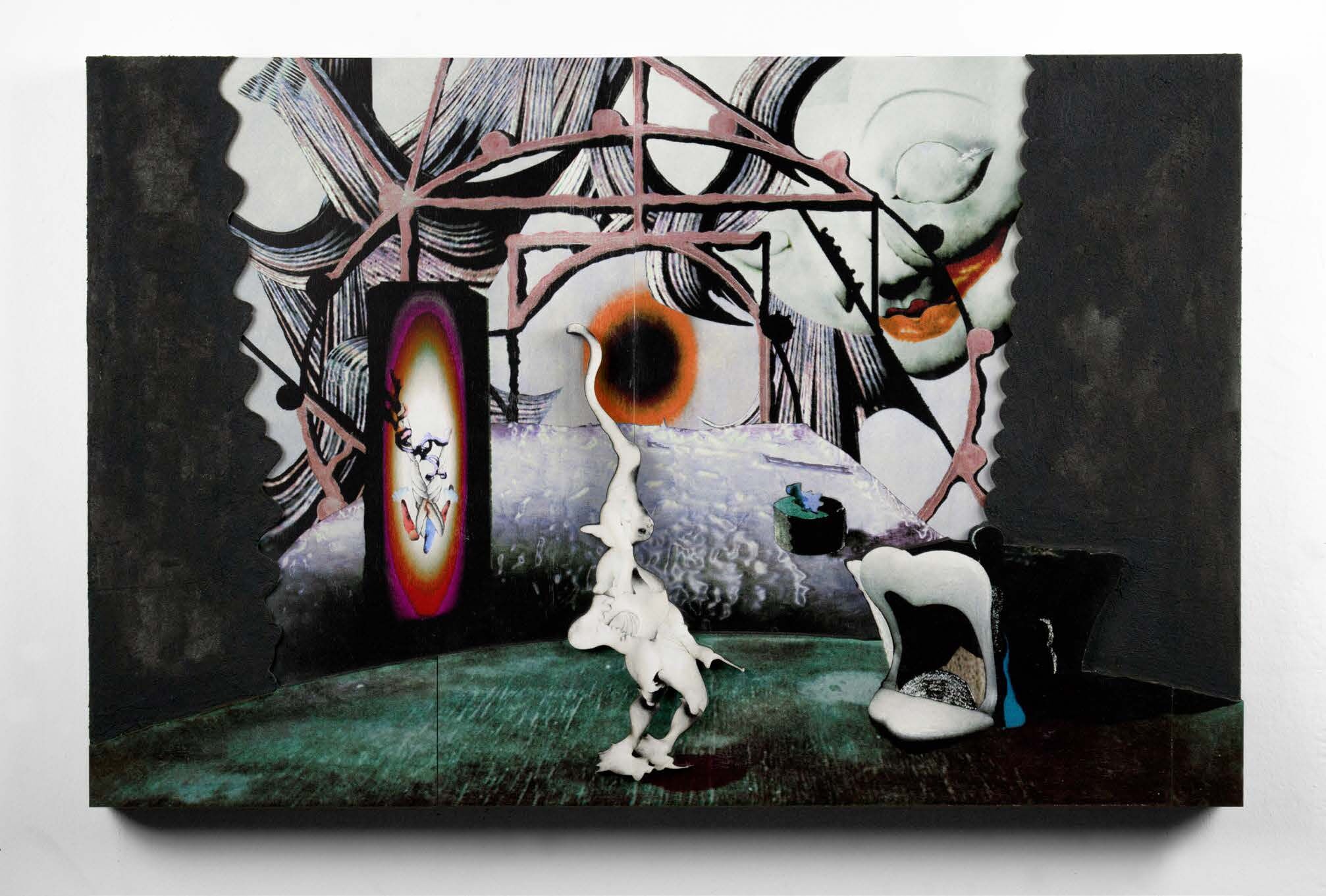The Craft: On the Neo-Surrealist Sanctuary of Russian Feminist Art

Katerina Lukina, 9th performance: ‘greedy séance’ from the series ‘concert in the seeds club,’ 2020. © Katerina Lukina, all rights reserved, used with permission
This essay observes and analyzes the practices of a new generation of Russian women artists and their regionally unique politicized and feminist engagement with esoterica and the tactics of occultism and mythmaking. By exploring the work of Alisa Gorshenina (Alice Hualice) and Katerina Lukina in particular, this contribution aims to investigate the highly gender-and time-specific conception of artistic and feminist sanctuary that emerges through Gorshenina’s and Lukina’s neo-Surrealist methods, as well as their relation to the legacies of Western Surrealist and Dada traditions. Drawing on the theories and rhetorical tactics of folk-oriented precursors such as Silvia Federici, and her establishment of the direct link between the transition to (late) capitalism and the increase in misogynist violence and demonizing othering of women; the Zurich Dada scene, with its deployment of theatricality and mimetic excess to critically mine the depth of performed and performative normativity; as well as others such as Briony Fer, Rosalind Krauss, Michael Taussig, Georges Bataille, and Hal Foster, this text investigates and outlines the way in which the expanded neo-Surrealist practices of Gorshenina and Lukina reflect, and reflect upon, the fragile and complex historical position of the female subject within Russian society of the last decade, as well as attempt to construct a creative sanctuary for its re-affirmation.
To link to this item: https://doi.org/10.35074/FJ.2023.52.63.010


